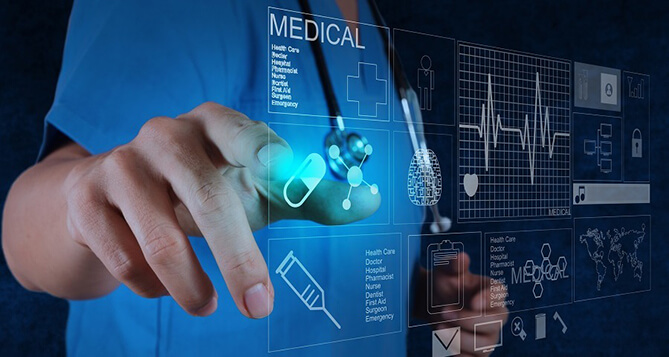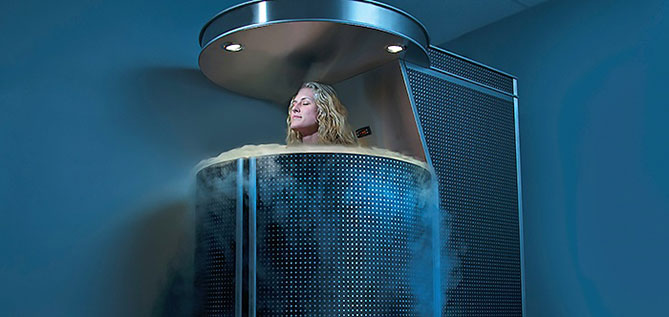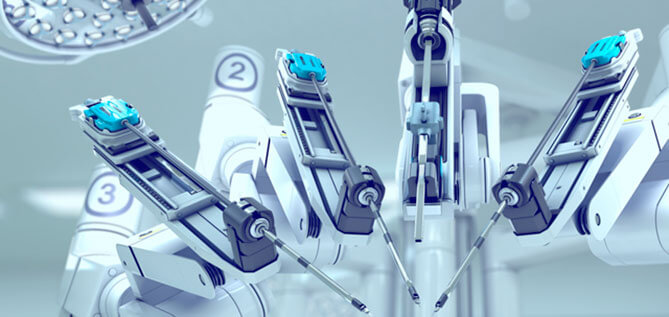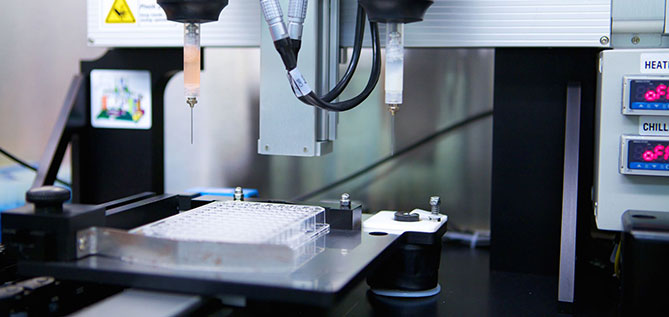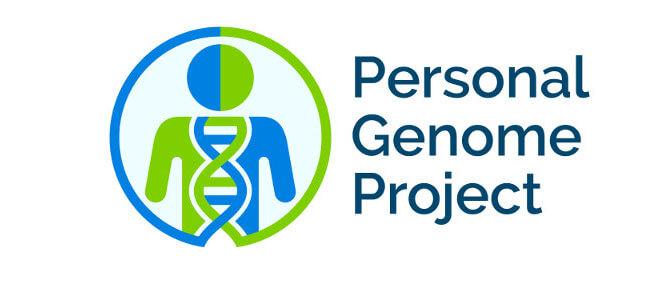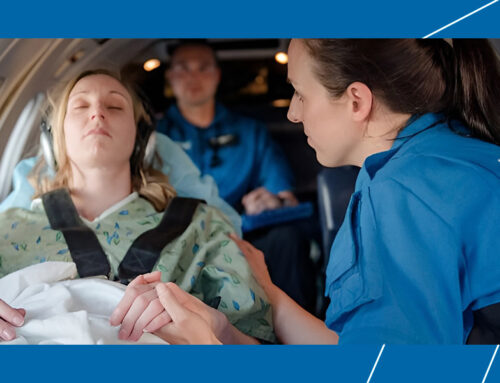Last Updated: 6/28/2019
The healthcare industry is one of the largest industries in the world. Estimated at between five to six trillion dollars, spending just on products and services pertaining to the heart is larger than all costs in the automotive industry. Healthcare costs are rising astronomically and the trends are leaning toward prevention. Several new, and some not so new, healthcare options have become more popular and accessible in recent years.
Cryotherapy
In Roman times, plunging into frigidarium baths or swimming in ice cold water stimulated the body’s natural response to cold reducing inflammation and swelling. Today, athletes use ice packs, climb into ice baths, and even endure frigid air being blown on areas of pain. “Cryosaunas” are now the rage for use in the home and by biohackers. A recent article in the Daily Mail describes how Hugh Jackman is taking part in a session with minus 200 degrees Fahrenheit inside a glass chamber. Nitrogen vapor is sprayed onto the skin activating the immune response. Other benefits are seen when used for debilitating conditions such as Fibromyalgia, arthritis and chronic bronchitis.
Precision Medicine
The concept of precision medicine isn’t new. An example is a blood transfusion matching a blood donor’s type. However, the term is new and healthcare seems to have veered away from using a patient’s specific information and uses a “one-size-fits-all” way of treating. New to this trend is Pharmacogenomics, or designing a drug treatment based on the genomics (study of genes) of the individual’s condition and pharmacology (the science of drugs) to effectively provide specific treatment. The Precise Medicine Initiative was established in 2015 to encourage researchers to study how an individual’s lifestyle, environment and genetics can play a large part in prevention and treatment.
Health Monitoring Devices
Taking the trend of wearable fitness devices, the healthcare community is seizing the opportunity to obtain accurate readings from unbiased, patient-generated data to develop a strategy for preventative care. Early detection is the key and analyzing the end results helps future generations. The use of drones in construction areas, patches, inserting chips and crystals, swallowing digital pills and more on the horizon of this burgeoning field can provide information by tracking and recording instead of manually obtaining sometimes inaccurate vital statistics. The prohibitive costs are the only shortcoming at the present time, but the evidence is there for the use of smart health gadgets to monitor patient health.
Robotic Surgery
This technique was approved by the Food and Drug Administration in 2000 and has rapidly become a trend in hospitals in the United States and Europe. Complex procedures are performed with more precision, control and flexibility using a minuscule incision. It is estimated that over 1200 total robotics networks will be installed by 2020. The typical system uses a camera arm and mechanical arms with surgical instruments. Benefits of using robotic surgery include:
- Lower chance of infection
- Fewer possible complications
- Faster recovery
- Less and smaller scarring
- Shorter hospital stays
3D Printing for Organ Transplants
Eliminating donor lists, waiting time and less chance of rejection, the relatively new trend in 3D printed human tissue and, eventually, organs is now a reality. BioBots announced in 2014 that it printed a replica of Van Gogh’s ear. 3D printing is the future of organ transplanting. At present, tissue and some organs, prosthetics and anatomical models are printed. Research is ongoing for artificial organs such as hearts, livers and kidneys.
Predictions For the Future
One day, a key element to healthcare will include the ability to access your personal genetic information. If you know the things in your genetic code that lead to illnesses, diseases and just plain bad health, taking the role of optimizing your health will be in your hands, not the overburdened healthcare system that is often struggling to keep us healthy. The genomics field is rapidly becoming mainstream. When a woman can know ahead of time that she carries a BRCA1 breast cancer gene, she and her doctor can make choices and proceed before it becomes a surgical issue. An individual’s genome can help identify variants in the genetic code that can identify a possible problem in the future.
Personal Genome Project
Beginning in 2005, a long-term study analyzing genomes from 100,000 volunteers from all over the world hopes to speed up the research of sequencing giving all of us the opportunity to know what exactly our genes can tell us and how to be prepared.
Have other healthcare trends you’re seeing emerge? Share your thoughts in the comment section below!

